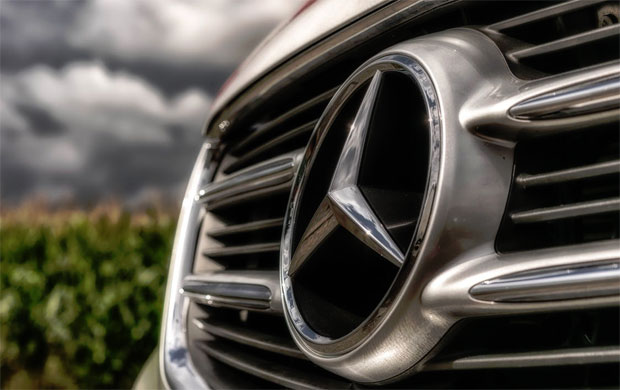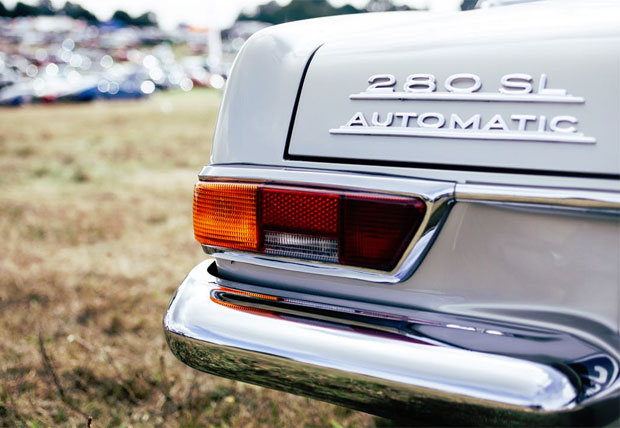How Well Do You Know your Vehicle Badges? Take a Fun Quiz!

How Well Do You Know your Vehicle Badges? Take a Fun Quiz!
We see them all of the time but just how much do you know about the badges associated with some of the world’s biggest vehicle manufacturers?
To find out, take this fun quiz by quality used vans specialist Van Monster — you’ll be surprised at some of the aspects you have overlooked. We’ve also provided you with some background information about each badge in the answers to help you understand the history of the emblems.
Questions
Q1: How many rings are found on the Audi badge?
A. 1 | B. 2 | C. 3 | D. 4
Q2: How many chevrons are on the Citroën badge?
A. 1 | B. 2 | C. 3 | D. 4
Q3: What colour is the background of the FIAT badge?
A. Red | B. White | C. Black | D. Blue
Q4: On the Ford badge, which letters does the top part of the ‘F’ go over?
A. It doesn’t go over any of the letters
B. It goes over the ‘o’ only
C. It goes over the ‘o’ and the ‘r’
D. It goes over the ‘o’, the ‘r’ and the ‘d’
Q5. How many points are there on the Mercedes-Benz badge?
A. 1 | B. 2 | C. 3 | D. 4
Q6: How many diamonds are found on the Mitsubishi badge?
A. 4 | B. 3 | C. 2 | D. 1
Q7: Which way does the lion face on the Peugeot badge?
A. Left | B. Right
Q8: On the outside of the Renault badge, how many corners are there?
A. 4 | B. 5 | C. 6 | D. 7
Q9: How many ovals make up the Toyota badge?
A. 1 | B. 2 | C. 3 | D. 4
Q10: Which way does the griffin face on the Vauxhall badge?
A. Left | B. Right

Answers
- D
The four rings reflect Germany’s four oldest car makers — Audi, DKW, Horch and Wanderer.
- B
The double chevron — or reversed pair of letter Vs — represents the paired helical gears that Citroën founder Andre Citroën developed and patented. Such technology is now a vital component of a vehicle’s setup.
- A
For a long time, the FIAT badge consisted of the brand’s four letters — standing for Fabbrica Italiana di Automobili Torino—sitting on a blue background. However, the vehicle giant decided to replace the blue background with red in 2006 as a way of creating a modern and up-to-date emblem.
- C
The script used on the letters of the Ford badge is known as ‘script with wings’. This is evident by the fact that the ‘F’ of the badge is long-tailed.
- C
The three-pointed star of the Mercedes-Benz badge represents the company’s ambition to dominate the land, air and sea with their engines.
- B
To understand the Mitsubishi badge, we first have to understand the meaning of the brand’s name. This is because the name is a combination of the words mitsu (meaning three) and hishi (meaning water chestnut but often used by Japanese people to denote a rhombus or diamond shape). Take note that the Japanese language often sees the h sound being bent into a b sound when it occurs in the middle of a word.
- A
A lion was chosen for the logo of Peugeot way back in 1847, at a time when the company produced saw blades and various other tools. The animal aimed to reflect the strength and suppleness of the saws that Peugeot created.
- C
Renault first started using a diamond emblem on its badge in 1925, with the design a significant change to the company’s first logo — a logo that consisted of the intertwined initials of Louis, Marcel and Fernand; the Renault brothers.
- C
The three ovals found on the Toyota badge combine in a horizontally symmetrical configuration. The outer oval is used to symbolize the world embracing Toyota. Inside this are two perpendicular ovals, one representing the heart of the customer and the other the heart of the company. The reason the pair overlap is to reflect a mutually beneficial relationship and trust between the two elements.
- B
We have to rewind all the way to the 13th century to understand how the Vauxhall badge came to be. Back then, mercenary soldier Fulks le Breant was granted the Manor of Luton by King John and given a house in Lambeth, London. Fulks le Breant chose to name this building Fulks hall, though this name would alter to Vauxhall over time. So why the griffin? Simple; it was the coat of arms of Fulks le Breant.
Collaborative Post.




